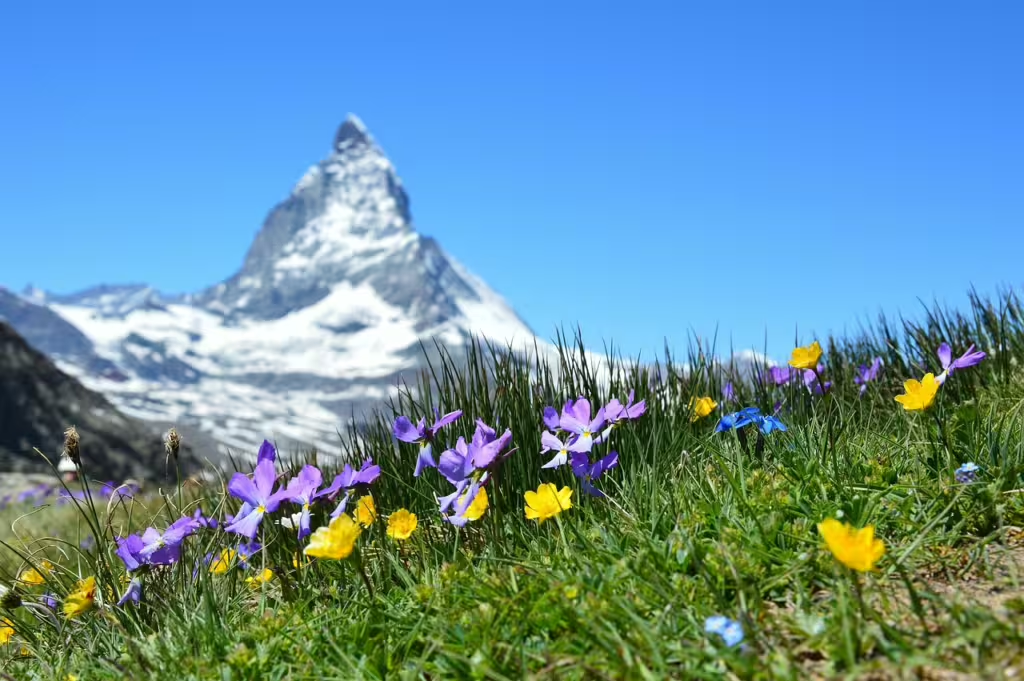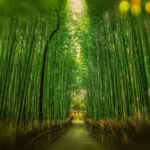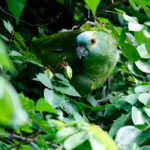Today, we travel from the scorching Mojave Desert to the snow-covered mountains of the Swiss Alps. Many people only know these jagged peaks as a place for skiing and chalets, but between those human distractions lies a living wilderness, the likes of which cannot be seen anywhere else on Earth. In this frosty realm, a creature’s survival depends on a combination of resilience, adaptability, and intricate, interwoven relationship with the mountains’ other inhabitants. In this extreme climate, where icy winters, sunbaked summers, and fleeting springs intermingle over the seasons, life has found a way to survive and thrive in some wholly remarkable ways.
The Swiss Alps stretching across much of Switzerland, forming a dramatic and diverse landscape, ranging from low-elevation meadows to towering summits of 13,000 feet or more. Each year, millions of visitors flock to the Alps to ski, hike, or enjoy the one-of-a-kind views, though most fail to appreciate the amazing flora and fauna that calls these mountains home.
In this article, we will explore the seasonal extremes of this enchanting place. As we do, we will examine the creatures that have found ways to live in the Alps, the strategies they have employed, and the adaptations that make all of this possible. Finally, we will explore the unique ecology of the Alps, as a whole, and learn why this location is so worthy of a stop along our World Tour!
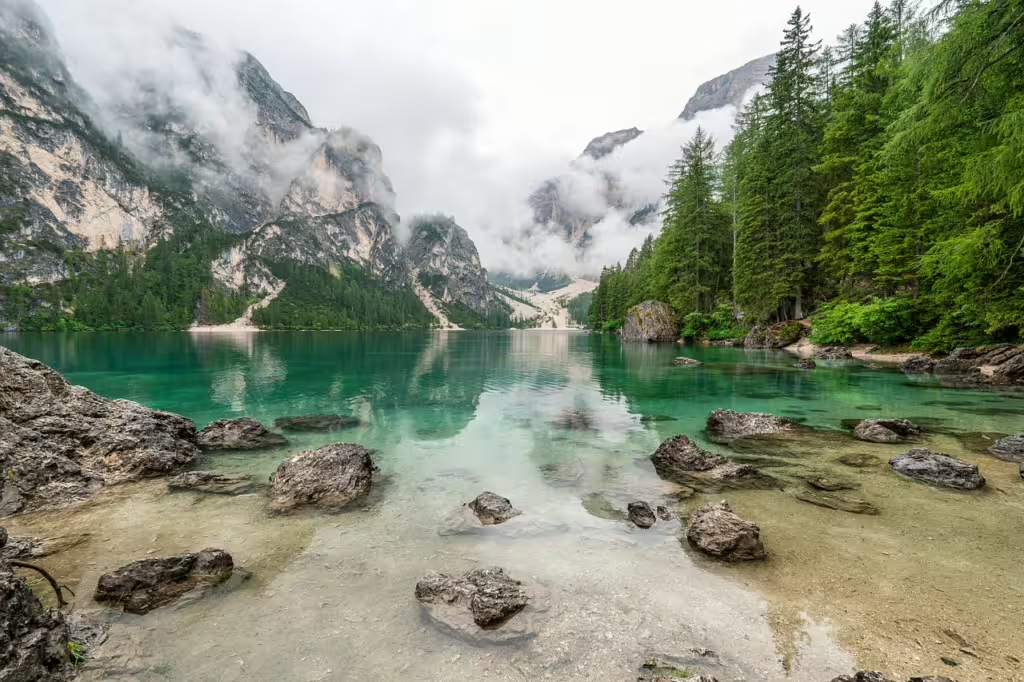
The Landscape of the Swiss Alps
Because the Alps cover more than half of Switzerland, the country is effectively one of the most mountainous places in all of mainland Europe. In this immense swath of alpine ecosystem, elevation dictates life here.
- Lower Montane Forests (up to 4,000 ft/1,200 m): This area has a mix of oak, beech, and pine woodland regions. This forest biome is a home for deer, boars, and countless avian species.
- Subalpine Zone (4,000–7,000 ft/1,200–2,100 m): In the subalpine zone, spruce and larch trees dominate, giving way to vast alpine meadows. This is typically a transitional zone, where large mammals like chamois graze.
- Alpine Zone (above 7,000 ft/2,100 m): At this elevation, trees disappear, replaced by hardy grasses, wildflowers, and lichens. The mosr specialized animals live here, because they need to make do with fewer resources.
- Nival Zone (above 9,800 ft/3,000 m): The coldest zone, the Nival zone, is where permanent snow and glaciers stand tall. In this region, most large mammals do not tread, though some birds and insects still push the boundaries of life.
Mammals of the Swiss Alps
Alpine Ibex (Capra ibex)
Once endangered and driven almost to extinction, the sight of an alpine ibex is an impressive thing for any alps traveler to behold. These goatlike animals have massive curved horns that make them really stand out, even in the scenic landscape of the Swiss Alps. They are remarkably agile, able to climb the rocky cliffs of the alps with relative ease. This is mostly due to their specialized cloven hooves, which feature soft inner pads surrounded by sharp, outer edges. These biological hiking shoes allow the alpine ibex to scale near-vertical walls; a feat which even the most experienced human climber might struggle to do without equipment.
Chamois (Rupicapra rupicapra)
The chamois is another agile climber that lives in the reason. Unlike the large, impressive horns of the ibex, these antelope-looking animals are most recognizable by their short hooked horns and contrasting facial markings. Chamois do best in alpine meadows and forested slopes, where they graze on grasses and herbs. When winter approaches, their range shifts to lower elevations and their diet shifts to lichens and shoots.
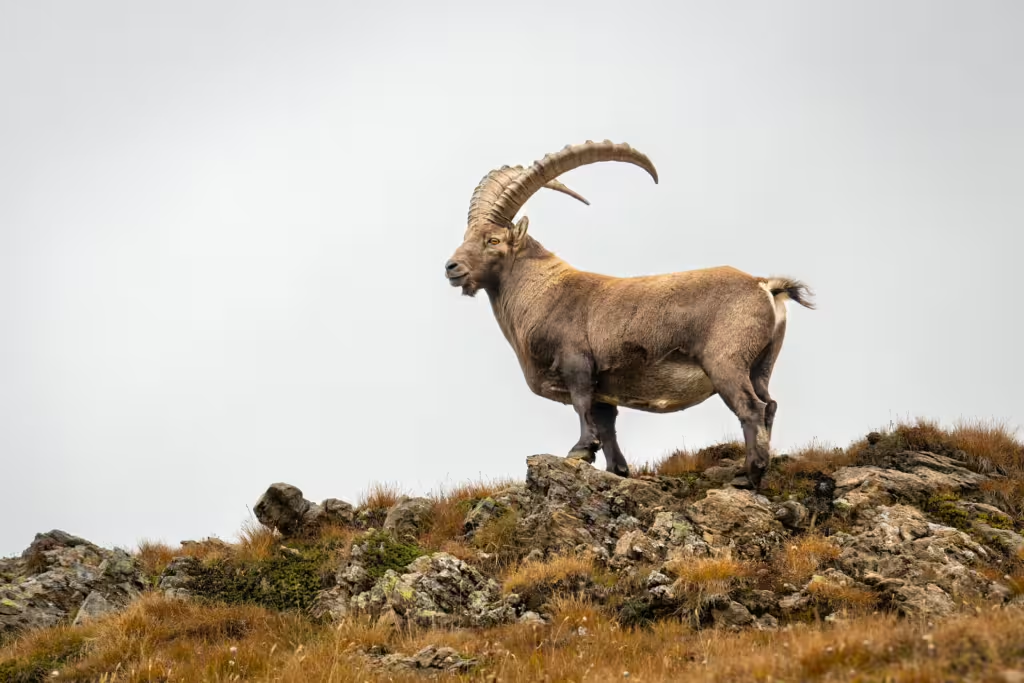
Alpine Marmot (Marmota marmota)
The mammals of the alpine regions are not all horned and impressive, but that does not mean they are not essential to the health of the ecosystem. Take the diminutive alpine marmot, for example, an animal that helps to feed many predatory species in within this chilly biome. Marmots are large ground squirrels that live in social colonies. They dig elaborate burrow systems that can stretch for hundreds of feet below the surface and hibernate in those same tunnels during the winter months. This period can last for a long while, up to eight months, in fact, during which time they remain in deep torpor, their heart rates and body temperatures dropping dramatically for the duration.
Eurasian Lynx (Lynx lynx)
Once upon a time, the Eurasion Lynx was all-but exterminated from Switzerland. It has since made a comeback thanks to human reintroduction efforts and it remains one of the most effective predators in the ecosystem. A nocturnal hunter that’s rarely seen by humans, the lynx’s presence in the Alps is essential for regulating herbivore populations and curbing overgrazing.
Brown Bear (Ursus arctos arctos)
Though the brown bear is a rarity in modern Switzerland, they used to be one of the foremost predators of the Swiss Alps. Today, most of them have been extirpated, though the occasional individual specimen will wander into Switzerland from nearby Italy and Austria. Like many of their close ursine relatives, these animals are omnivorous, meaning they consume everything from berries and insects, to small mammals, and even carrion if they can find it.
Birds of the High Peaks
Golden Eagle (Aquila chrysaetos)
Though the Eurasian lynx and brown bear are serious predators in the Swiss Alps, they are not what one would call the apex predator of the region. The golden eagle was and remains the premier, aerial predator of the Alps. With a wingspan of over seven feet, these majestic raptors soar above mountain ridges and valleys in search of marmots, hares, and even young ibex or chamois. Like their American cousin the Bald Eagle, golden eagles mate for life and build massive nests on cliffs that they return to each and every year.
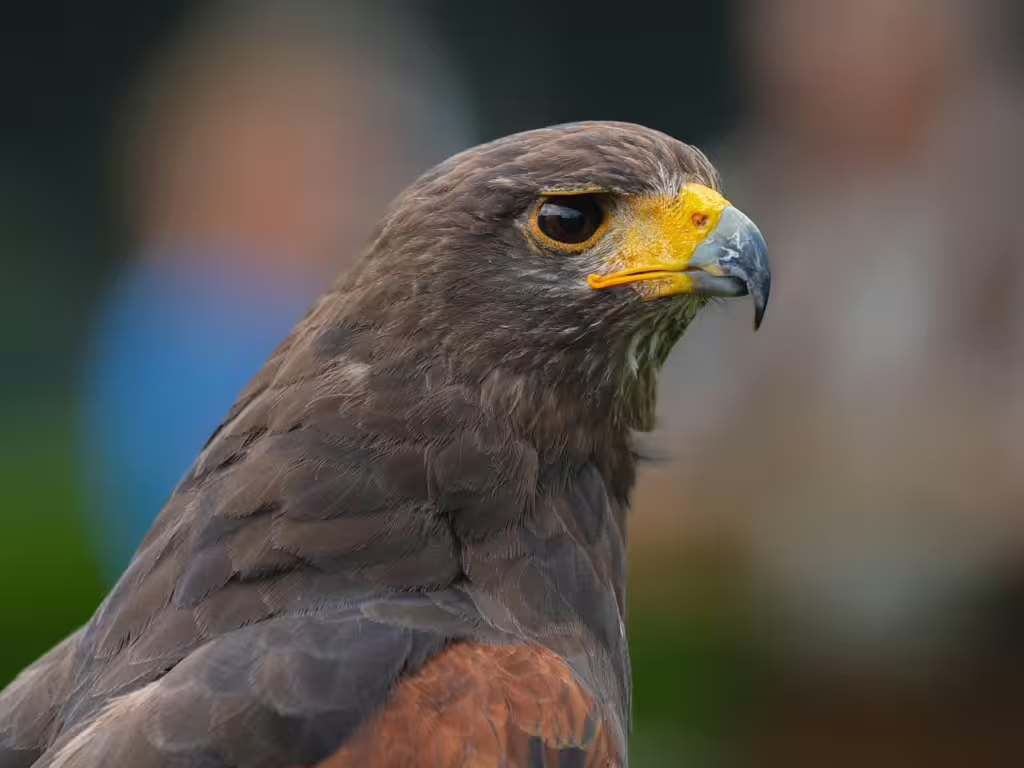
Bearded Vulture (Gypaetus barbatus)
The bearded vulture, also called the lammergeier, is yet another story of an alpine animal that was once extinct in the region. Human persecution rendered it so, but human conservation brought it back. This is a good thing, as these scavengers are particularly important for nutrient cycling and preventing the spread of disease within this ecosystem. With wingspans up to nine feet, lammergeiers are truly splendid to behold. Even more interesting is their penchant for dropping carcasses onto the rocks from high above, shattering them into more digestible bits. As if that weren’t interesting enough, the bearded vulture also specializes in eating every bit of their find, including the bones!
Amphibians and Reptiles in Alpine Habitats
Despite the fact that the Swiss Alps is a generally cold environment, that does not preclude the existence of reptiles and amphibians within that biome. There are, in fact, several specialized species in that environment, such as:
- Viviparous Lizard (Zootoca vivipara): This creature is one of the few reptiles adapted to high altitudes, it gives birth to live young instead of laying eggs, thus ensuring its survival in cooler climates.
- Common Frog (Rana temporaria): This remarkable amphibian can be found near glaciers; that’s right, glaciers! Like most frogs, the Common frog hibernates in ponds or beneath mud to survive freezing alpine winters.
Insects of the Alps
Insects are less conspicuous than ibex or eagles, but they are equally vital to the overall survival of all alpine plants and animals. This is partially due to the fact that insects act as the base of many food chains, sustaining birds, bats, and small mammals; all of which sustain the lives of larger predators.
- Alpine Butterflies – Species like the Apollo butterfly (Parnassius apollo) with its white wings and red eye spots are iconic. Many alpine butterflies have short lifespans, emerging during brief summers to mate and lay eggs.
- Bees and Pollinators – Alpine wildflowers rely on specialized bees and hoverflies, which often fly at high altitudes where pollination opportunities are limited.
- Beetles and Ants – Nutrient cycling depends on these creatures, breaking down organic matter in thin mountain soils.

True Investigator Says…
As you can see, the Swiss Alps are not just a playground for the brave hiker, the avid sightseer, or the skier on a jolly holiday—they are a living kingdom, rife with extraordinary animals of every shape, size, and species. Each one of the animals we mentioned in today’s article has found a way to evolve to this demanding and breathtaking environment, and so, each one demonstrates the true power of adaptation and resilience.
In many ways, these creatures remind us that the most scenic and beautiful places in the world are more than just spaces for humans to “get away from it all.” These ecosystems represent the breathtaking power of the natural world and the balance that is interwoven into the very fabric of things.In the wake of climate change and the increasingly interference of humans in the region, we must be very careful. We, as a species, must learn to appreciate them for all that they are and to share them for all that dwell within them.
Discover more from TrueInvestigator
Subscribe to get the latest posts sent to your email.
